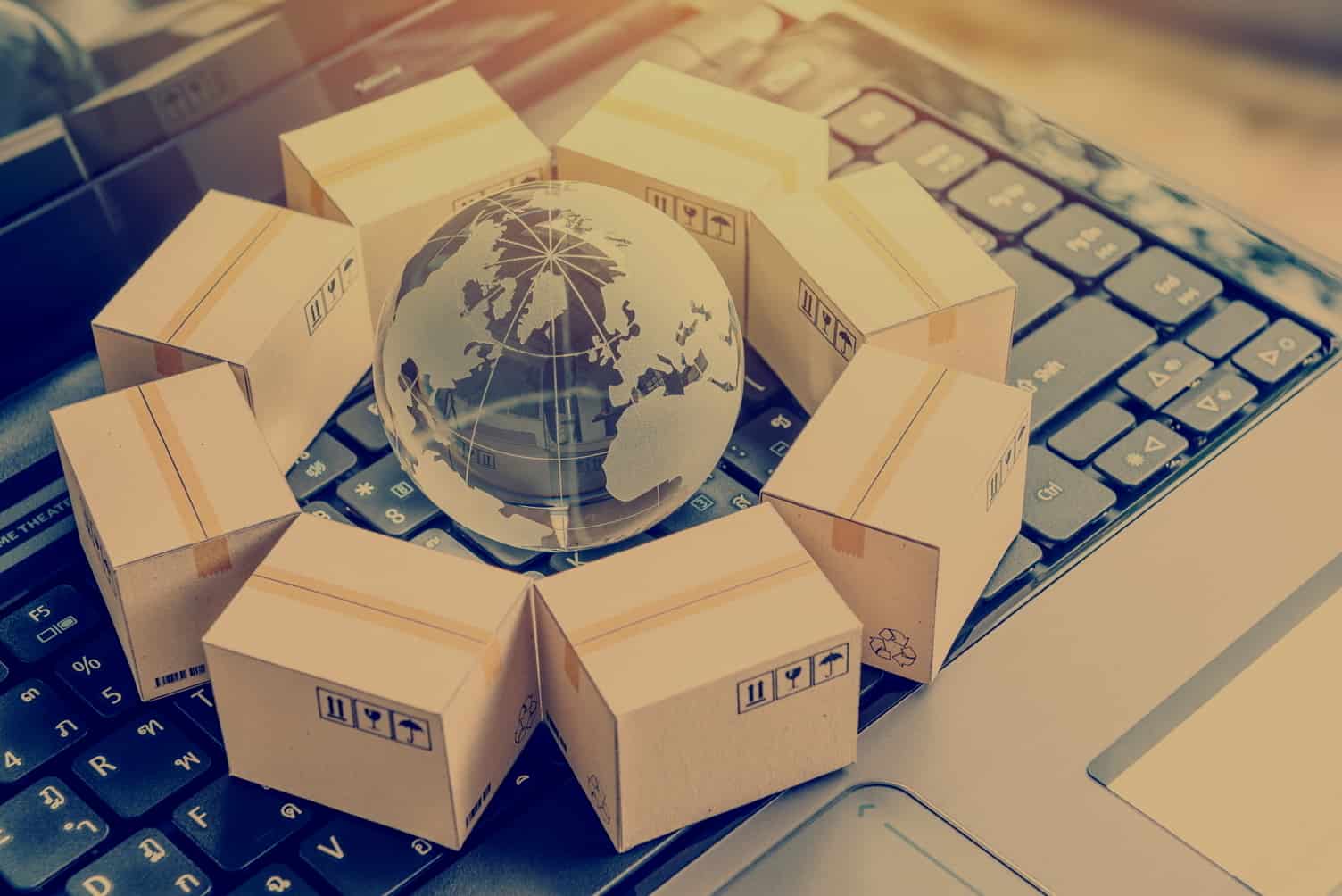POSTED : September 19, 2017
BY : Concentrix Catalyst
Categories: Customer Engagement,Retail & Consumer

Never before has the retail industry experienced such rapid change. Historically, industry-defining transformation was slow, with change happening “over a generation,” National Retail Federation CEO Matthew Shay told NPR earlier this year. “Now [it’s] happening overnight.”
Social media has become the new gathering place for consumers, displacing the traditional shopping mall of the past, and the retailers who are succeeding in this new normal are the ones able to harness ongoing shifts in consumer behavior – and the technologies fueling it. Smart devices and AI-powered technologies are changing how customers make selections and purchase new products, and they will likely continue to change the retail market in ways we can’t even imagine.
As e-commerce has changed how consumers shop, the role of brick-and-mortar locations has changed. The percentage of retail sales tied to e-commerce has grown dramatically – up 15.6 percent last year over the year before, totaling $394.6 billion – but brick-and-mortar retail locations still offer an advantage to many companies. Home Depot, for example, recently revealed that 43 percent of its online transactions are picked up by customers at a branch store, rather than shipped directly to them. Retail strategies that leverage both in-store and e-commerce will continue to grow in importance.
Google Home, Amazon Alexa, Siri and Cortana – each has become a household name, with voice assistants becoming an integral part of life for many people. These devices are being used to search for and compare products, and voice-enabled e-commerce purchases are firmly taking hold. With 24.5 million voice-first devices expected to ship by the end of the year, this trend is one expected to heavily affect retail over the next several years, particularly as their capabilities improve.
The rise of Amazon Prime Now and its two-hour delivery promise has proven to be tough competition for retailers. The technology and logistical requirements needed to effectively facilitate on-demand shipping are leading to a rise in new technologies designed to help retailers step up their delivery capabilities. CommonSense Robotics and Locus Robotics are just a few of the new startups attempting to help retailers target the fast-fulfillment trend, with companies such as FedEx and UPS also experimenting with new delivery strategies. Artificial intelligence and robotics are helping automate and streamline fulfillment and distribution, bringing “significant savings in time and money to the retailers, the end consumers, and to the households,” Eden Shochat, a partner at on-demand shipping investor Aleph VC told ZDNet.
As the core focus of retail continues to evolve, retail companies will need to adapt as well in order to stay ahead of competitors, offer exceptional customer experiences and adapt to new customer behaviors.
Learn more about Concentrix Catalyst’s retail expertise and solutions.
Tags: e-commerce, Edge, Intelligence, Retail